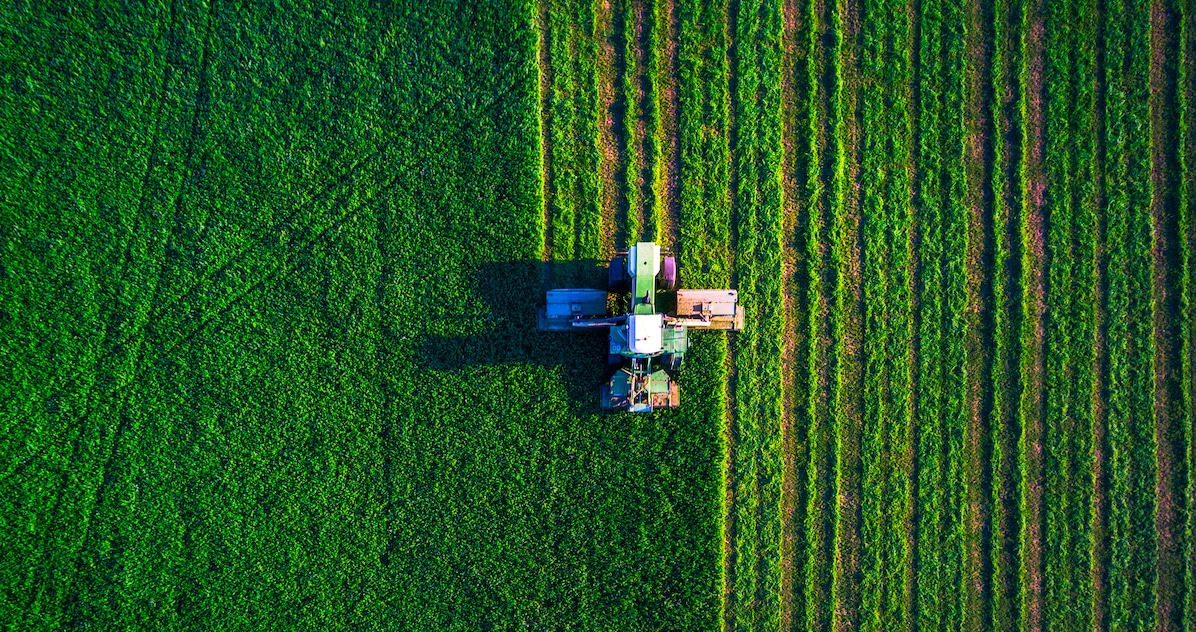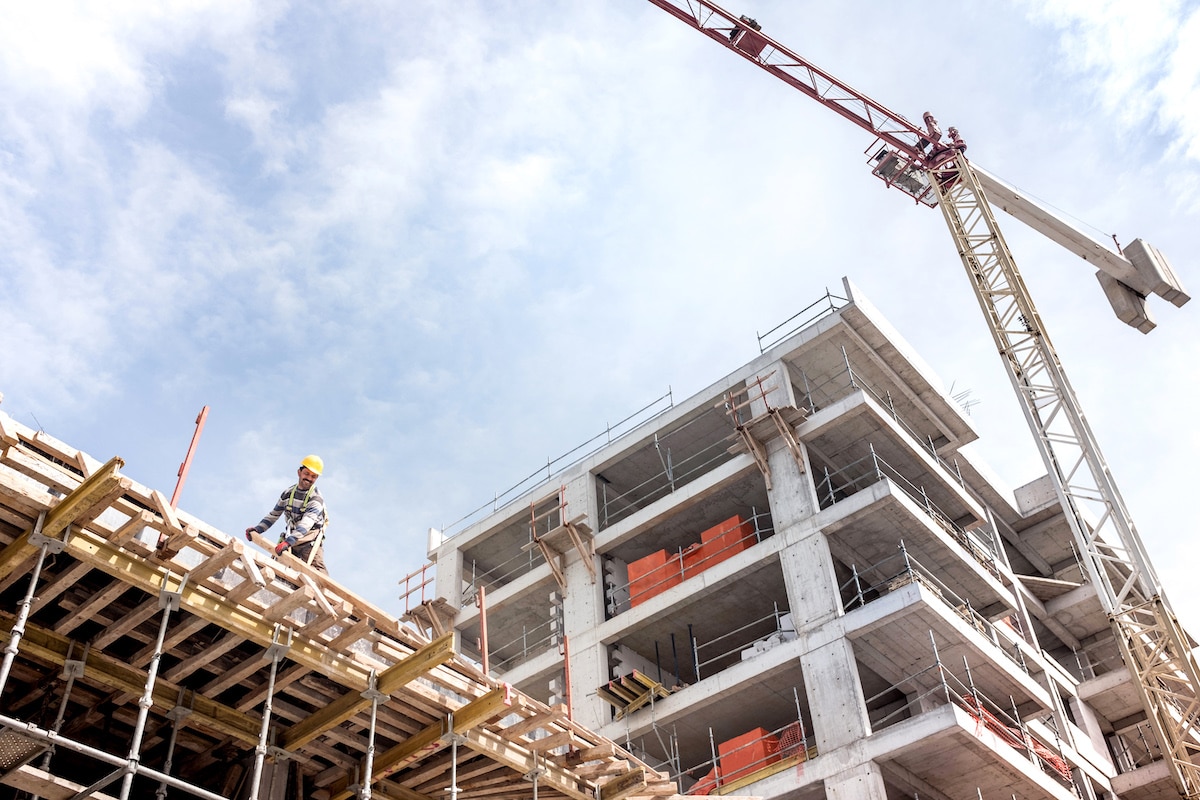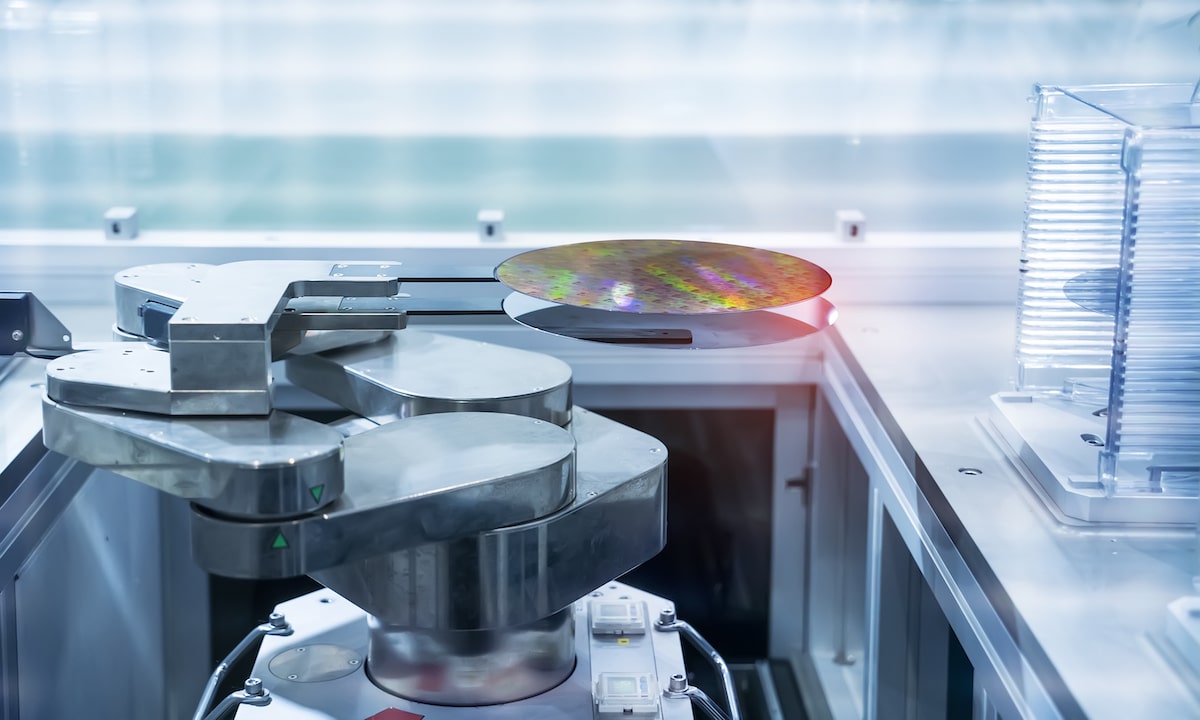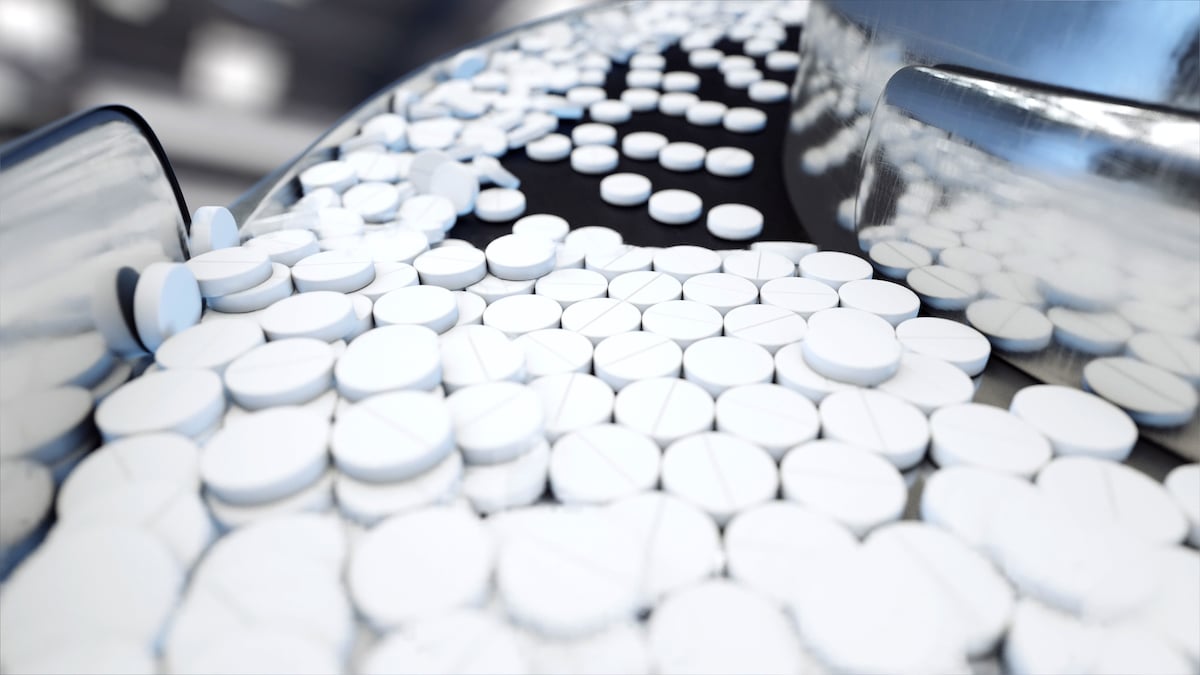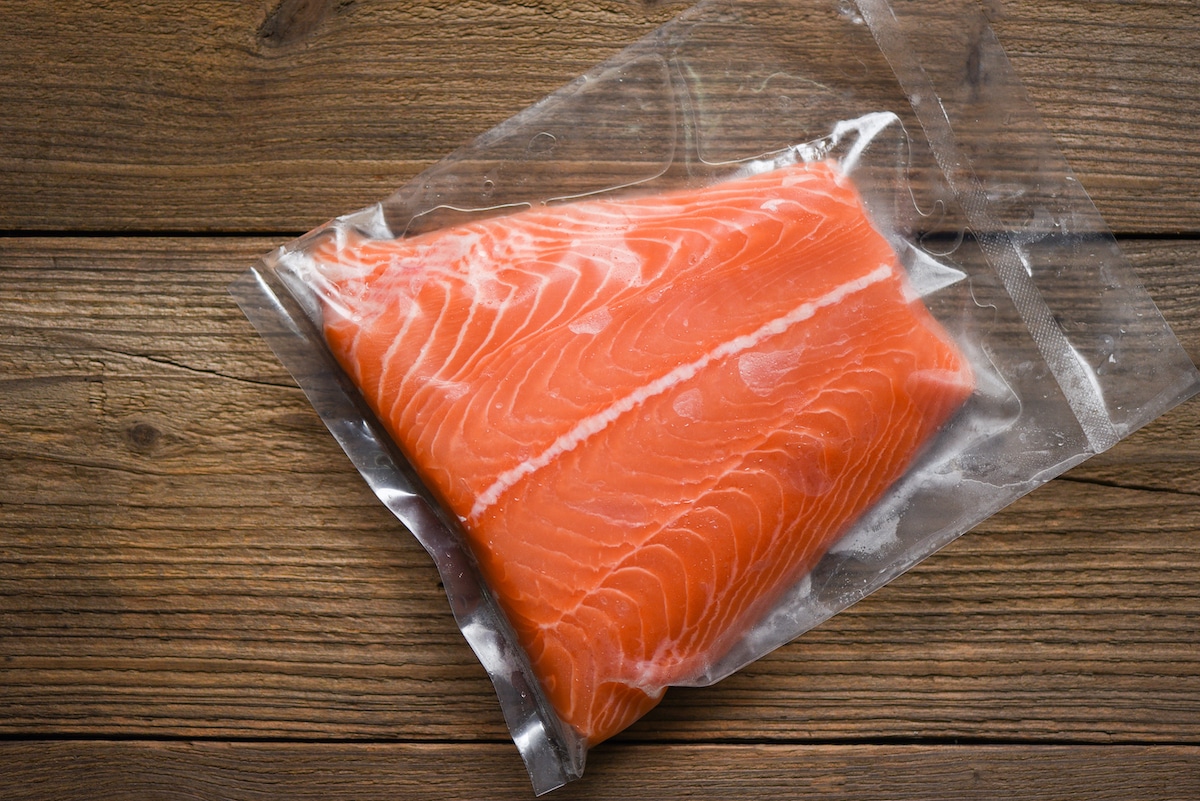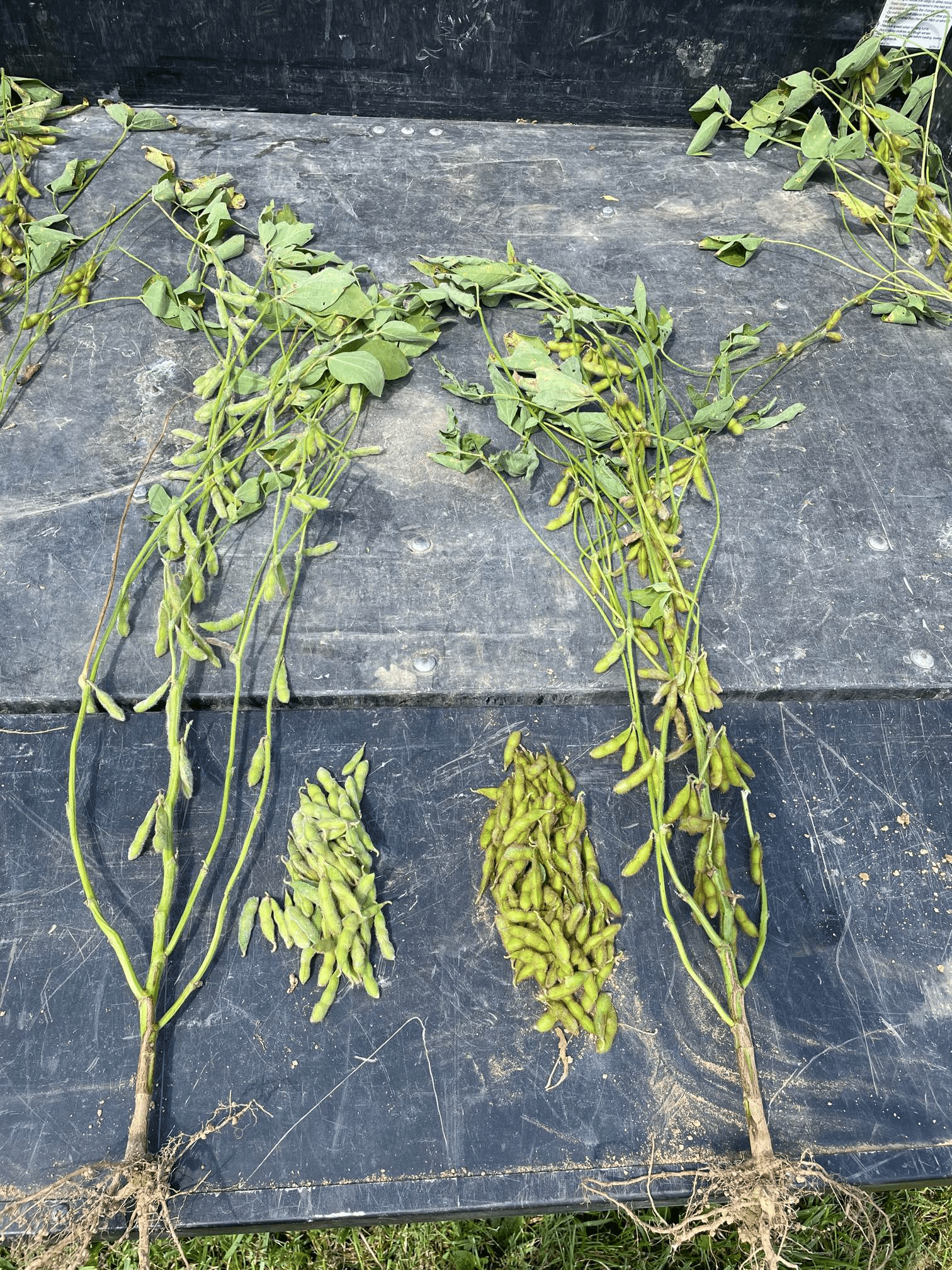August is a critical time period for soybeans. At this point in the growing season, most soybeans across the Midwest are typically in the R5 or R6 stage, so there’s a big demand for water and nutrients to set and fill out the pods.
All AdvanSix Supplement Your Soybeans participants received at least some much-needed August rainfall. Patrick Riley in Ohio County, Kentucky, for one, received ample rainfall while temperatures were below normal. After experiencing a very dry month of June, the growing conditions in his area have been favorable ever since.
“We had the August rains, which is going to make a big difference,” Riley said. “We’ve got big, fat beans and I think the rain really helped with that this year.”
For trial participant Ryan Reimers in Crawford County, Iowa, the August rainfall was limited following a very dry June and July.
“For the most part, it’s been a fairly dry growing season,” said Reimers. “We did get some rain in August. I don’t know if it was more than an inch. But even as limited as it was, the rain definitely helps the soybeans continue to grow and get them to harvest in late autumn.”
AMS fuels pod development and fill
Although important throughout the entire growing season, sulfur and nitrogen are pivotal when it comes time for pod development and fill. AdvanSix Sales Manager Jason Magan works alongside Riley and recommended an AMS application to help meet the season-long nutrient requirements of the soybean crop.
“We’ve got to feed the crop just like we feed ourselves and continue to grow,” said Magan. “An early AMS application, or even a topdress application later on, can be beneficial to meeting nutrient requirements and getting the soybean growing to its optimal level all season long.”
Riley and Magan pulled plants in early September and observed a noticeable difference in pod counts between the AMS-treated plants and the untreated plants, counting 112 and 75 pods per plant, respectively. Riley also noticed that the treated plants looked healthier.

Photo from Patrick Riley’s field trial week of September 6, 2022
Untreated (left) with 75 pods; AMS-treated (right) with112 pods
“The AMS-treated plants have a bigger, healthier stalk with more branches on them, and not only branches but there are also some beans hanging in there,” said Riley. “On the untreated plants, it’s just a straight stalk with the beans. So, I think the AMS helped us some.”
Magan is also pleased with the appearance of the AMS-treated beans. He noted that the plants retained more pods in the top third and observed four bean pods in the middle of the plant as well.
Reimers agreed that his AMS-treated soybeans look good and have filled out well; however, he noted he hasn’t seen any visual differences compared to the untreated soybeans.
Optimism as harvest rolls around
Rolling into the final weeks before harvest, the Supplement Your Soybeans participants are optimistic about
finishing the season strong and seeing results from the AMS applications. Reimers, for one, is particularly optimistic provided the trial field receives adequate rainfall in the remainder of the growing season.
“If we do get another rain, it will still probably help our beans finish out and just hang onto the weight at this point. I think the longer they stay green, the better,’ said Reimers. “As an optimist, I think we’re going to have to guess that the AMS-treated acres are probably an average yield for us and I’d be perfectly fine with that considering how dry it’s been this season.”
Riley has higher expectations for his trial field’s yield.
“I’m hoping to see the AMS make us at least 10 bushels, and I’m hoping it does better than that,” said Riley. “From what I have seen so far, it looks like the AMS-treated plants are stronger-looking beans. And the stronger the bean, the more pods you’re going to have, so that’s what we’re looking forward to.”
Magan agreed with Riley’s assessment of the AMS-treated beans. He is also hopeful the weather will cooperate.
“I’m confidently optimistic that we are going to see results from the AMS application,” said Magan. “The crop looks great, very healthy. I think harvest will be late October or early November. I’m hopeful we have good weather to carry us through until then.”

